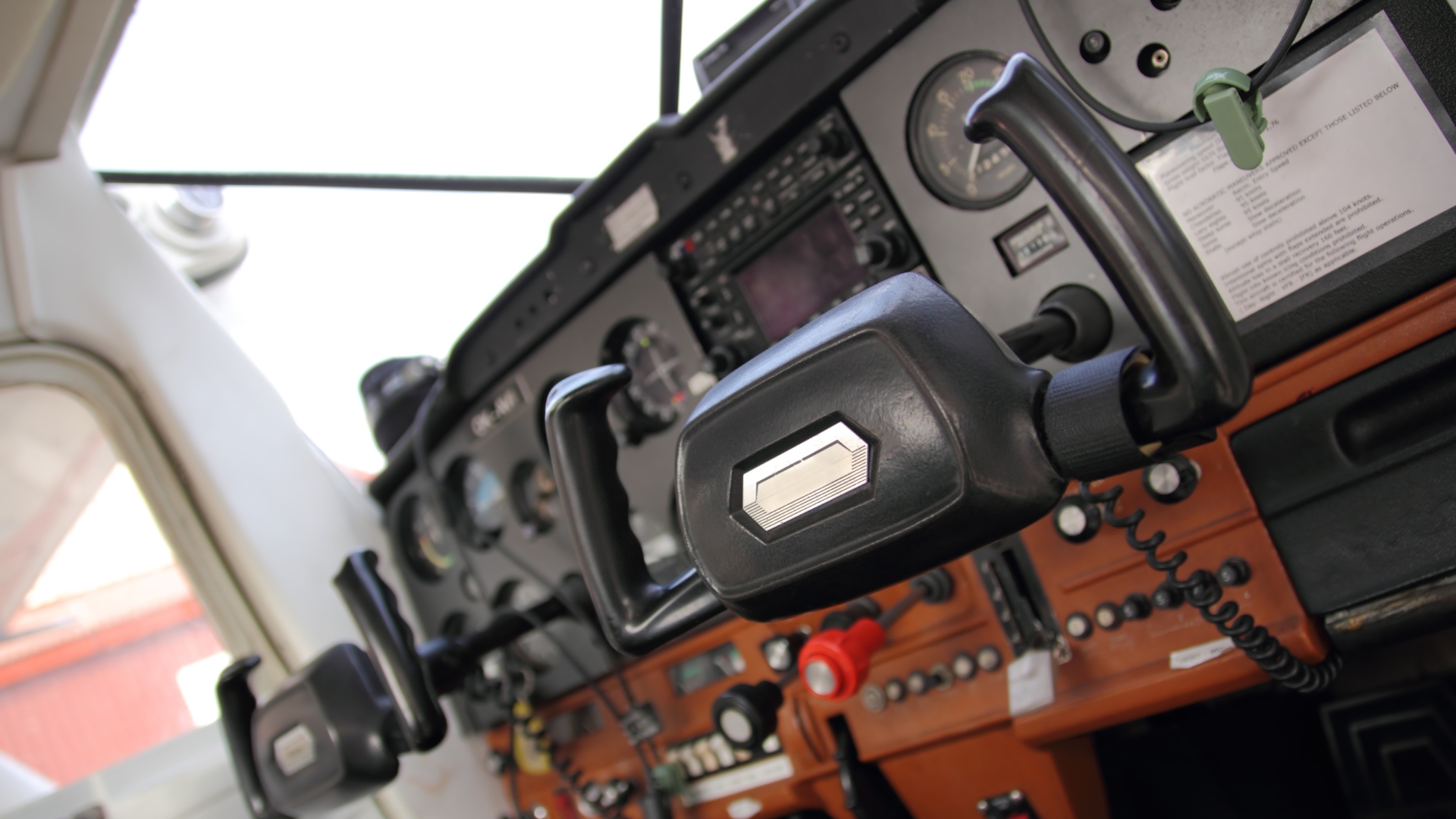At a glance
- Active carbon monoxide detectors will be mandatory in certain aircraft from 1 January 2025.
- The changes are to improve safety after studies linked carbon monoxide to two fatal accidents.
- The new rules allow for the installation of industry-standard and commercially available carbon monoxide detectors.
The UK Civil Aviation Authority is mandating the use of active carbon monoxide detectors in certain light aircraft following a number of accidents linked to the gas.

The regulator has today published a safety directive for pilots and owners of piston engine aircraft, increasing safety for both pilots and passengers who may be unaware of the risks associated with carbon monoxide poisoning.
A 2020 Air Accidents Investigation Branch (AAIB) review of UK accidents and incidents since 2000 identified two fatal accidents, each with two fatalities, and fifteen other events where carbon monoxide may have been a factor.
Carbon monoxide poisoning is a heightened risk to pilots and passengers of piston engine aircraft, as the colourless, odourless gas can seep into the cockpit and cause incapacitation with little or no warning.
The new rules will be effective from 1 January 2025.
Hannah Foskett, Interim Head of General Aviation at the UK Civil Aviation Authority, said:
“While many general aviation pilots are aware of the dangers of carbon monoxide exposure, the same cannot be said for their passengers.
“Carbon monoxide exposure has been linked to fatal accidents and it is vital that extra measures are put in place to save lives.
“These new rules will make recreational flying safer for pilots and passengers.”
To make it as easy as possible for pilots to make the change, regulations allow for both industry-standard and commercial off-the-shelf active carbon monoxide detectors.
These devices are designed to detect the presence of the gas and alert the pilot to potential danger. Detectors can either meet recognised aviation standards (for example ETSO-2C48a) or be commercially available detectors not specifically designed and certified for use in aircraft.
Although measures are primarily aimed at certain aircraft to improve passenger safety, it is recommended that all pilots operating piston engine aircraft consider flying with an active carbon monoxide detector. Pilots are encouraged to take proactive measures for both their own safety and that of their passengers.
NOTES TO EDITOR
- The UK Civil Aviation Authority is the UK’s aviation regulator. We work to protect the public and enable aerospace.
- The full Safety Directive can be found on the UK Civil Aviation Authority website.
- This Safety Directive is applicable to all piston engine aircraft, but excludes:
- a) Single-seat aircraft;
- b) Aircraft with an open cockpit/cabin;
- c) Aircraft performing aerobatic manoeuvres (see paragraph 7(a) of the OD), unless as part of a Safety Standards Acknowledgement and Consent (SSAC) operation (see paragraph 7(b) of the OD);
- d) Aircraft with piston engines located above/behind the cabin (e.g. helicopters, gyroplanes) unless cabin heat is also provided via an exhaust heat exchanger or a combustion heater;
- e) Aircraft with only wing-mounted piston engines.
- Further guidance and information on carbon monoxide in general aviation can be found on our safety webpage.

